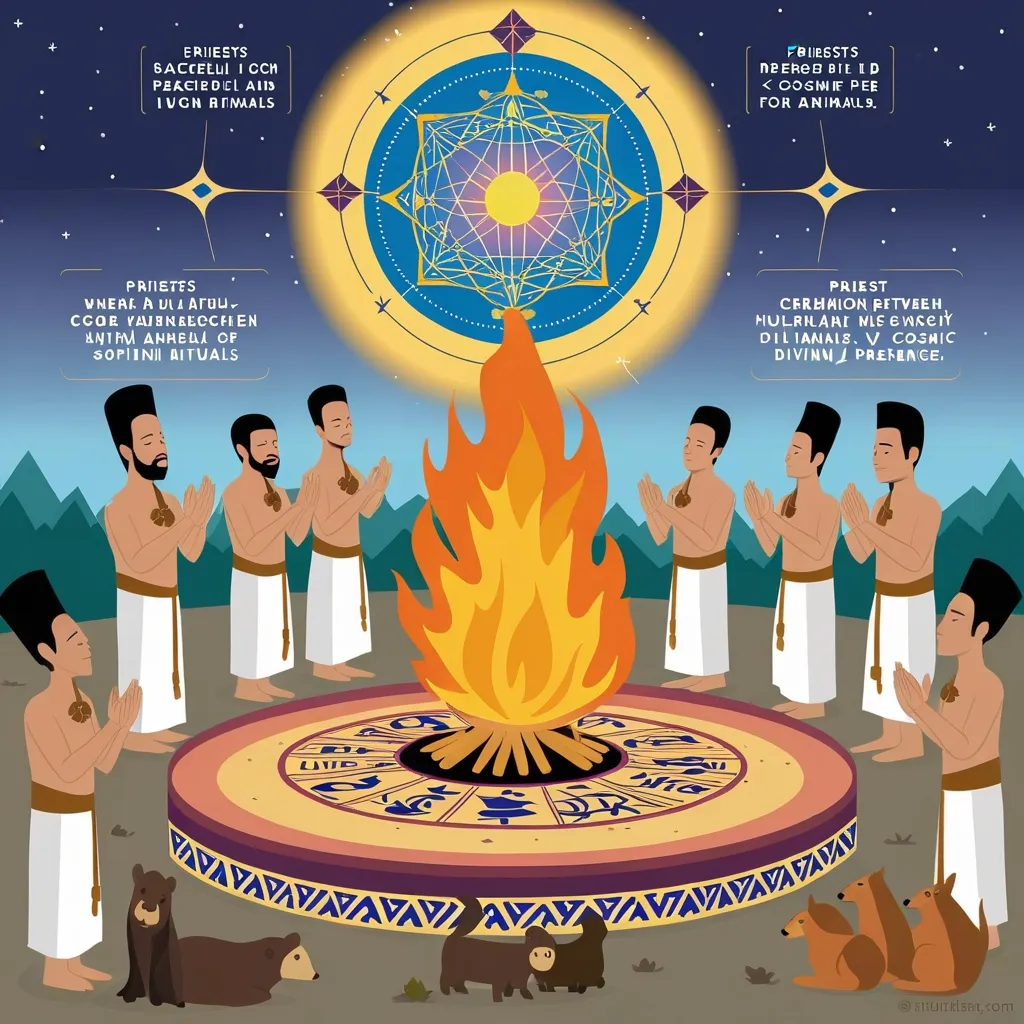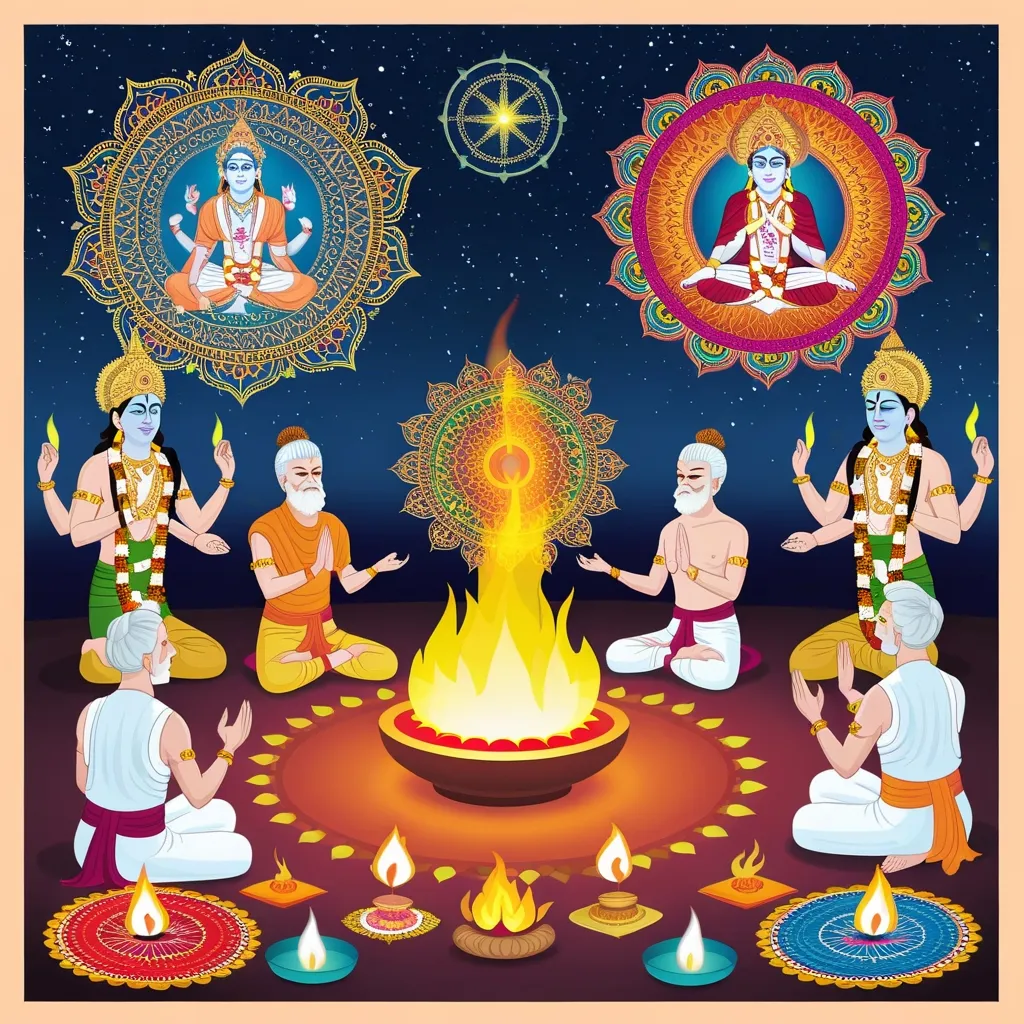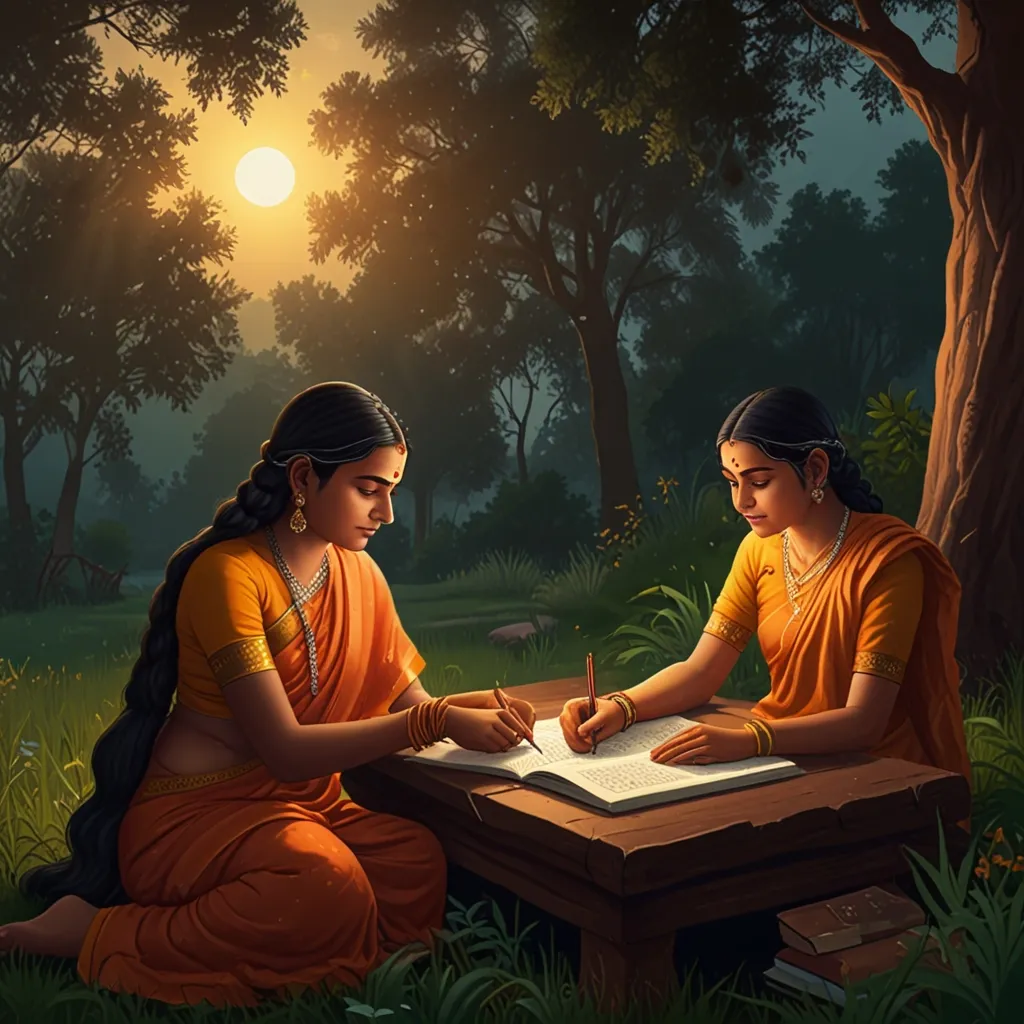The Yajurveda stands as one of the four cornerstones of Hindu sacred texts, blending spirituality, rituals, and philosophy into a rich mosaic. It’s kind of like the bridge between the more spontaneous worship vibes of the Rigveda and the more finely tuned ceremonial practices that came afterward. Often dubbed the “Book of Rituals” or the “Knowledge of Rituals,” this Veda is all about worship and ceremony.
So, what’s in a name? The term “Yajurveda” breaks down into “yajus,” which means ritual or practice, and “veda,” translating to knowledge. This text is primarily made up of prose mantras, acting as a sort of manual for all those intricate rituals and ceremonies. Think of it as a go-to guide for priests on how to get everything just right when it comes to sacrifices and other religious rites.
If we time travel back to when the Yajurveda was being compiled, we’re looking at somewhere between 700 and 300 BCE. This was an era of big shifts—geographical, cultural, you name it. Unlike the Rigveda, which kind of had its heart set on the Indus Valley region, the Yajurveda is more about areas around the Satlej, Jamna, and Ganges rivers. This change in focus shows how Hindu worship was evolving and becoming more centered on ritualism.
When it comes to the Yajurveda, there are two main schools of thought: the Shukla Yajurveda (White Yajurveda) and the Krishna Yajurveda (Black Yajurveda). The Shukla Yajurveda keeps its mantras and brahmanas (explanatory prose) separate, while the Krishna Yajurveda likes to mix things up by combining them. Each school has its own branches. For instance, the Shukla Yajurveda includes Madhyandina and Kanva branches, while the Krishna Yajurveda has branches like Taittiriya, Maitrayani, Kathaka, and Kapisthala.
This Veda is packed with details about numerous rituals—Darsha-purnamasa, Agnihotra, Somayaga, Chaturmasya, Vajapeya, Ashvamedha, Sarva-medha, Brahma-yajya, and Pitrimedha, just to name a few. The text dives deep into the nitty-gritty, highlighting the importance of sticking to the ceremonial script for things like altar constructions and the special sacrifices held during new and full moons.
In the world of the Yajurveda, priests play a starring role, especially the adhvaryu. This chief priest is the one who guides the entire sacrificial gig. The text serves as a practical handbook, ensuring these priests can nail those rituals with the necessary precision and spiritual vibe.
Beyond its focus on rituals, the Yajurveda also explores some pretty deep philosophical stuff. It touches on concepts like Prana (life force) and Manas (mind), pointing out the interconnectedness of the physical and spiritual worlds. These philosophical insights align with the broader spectrum of Hindu thought, influencing various schools of philosophy in Hinduism.
A fascinating legend tied to the Yajurveda involves Rishi Vajavalkya. The story goes that Vajavalkya, a student of Rishi Vaishampayana, got too full of himself and was kicked out of the school. Before leaving, he was asked to return the knowledge he’d acquired, which he did in the rather dramatic way of vomiting it out. Other disciples then devoured this knowledge, leading to the formation of the Krishna Yajurveda. This tale is a reminder of the importance of humility and the sacred transmission of knowledge.
The Yajurveda lays down some hefty spiritual guidance, emphasizing the role of ritual as a way to connect with the divine. It teaches that meticulously performed rituals can influence cosmic order and help one grow spiritually. By focusing on Prana and Manas, the text encourages practitioners to keep their impulses in check and work towards mental stability.
Influence-wise, the Yajurveda has made a significant impact on Hindu philosophy, especially through the Brihadaranyaka Upanishad found in the White Yajurveda. This Upanishad is one of the largest and oldest, greatly influencing all Hindu philosophical schools with its takes on metaphysics, ethics, and the pursuit of knowledge. It’s a key scripture that has molded concepts of liberation, freedom, and self-realization in Hindu thought.
Even though the Yajurveda is packed with theoretical insights, it’s also super practical. It offers step-by-step instructions on how to perform rituals, believed to have real-world effects on both the individual and the cosmos. The emphasis on doing these rituals just right highlights a broader belief in the interconnectedness of human actions and cosmic order.
Like the other Vedas, the Yajurveda is considered eternal and impersonal—basically, not something created by humans but revealed to the Rishis (sages) through divine inspiration. This idea of eternal wisdom gives the text an everlasting relevance and authority in Hindu spirituality. The knowledge within the Yajurveda is seen as a direct download from the divine, making it a cornerstone for spiritual practice and ritual.
In a nutshell, the Yajurveda is a go-to guide for rituals, spiritual growth, and philosophical insight. It showcases the evolving nature of Hindu worship and the ongoing importance of ritual in connecting with the divine. Through its detailed descriptions and profound doctrines, the Yajurveda remains a vital source of spiritual wisdom for both practitioners and scholars.
So, whether you’re diving into rituals or getting into the nitty-gritty of Hindu philosophy, the Yajurveda is like your spiritual toolkit, jam-packed with insights and guidance that have stood the test of time.






